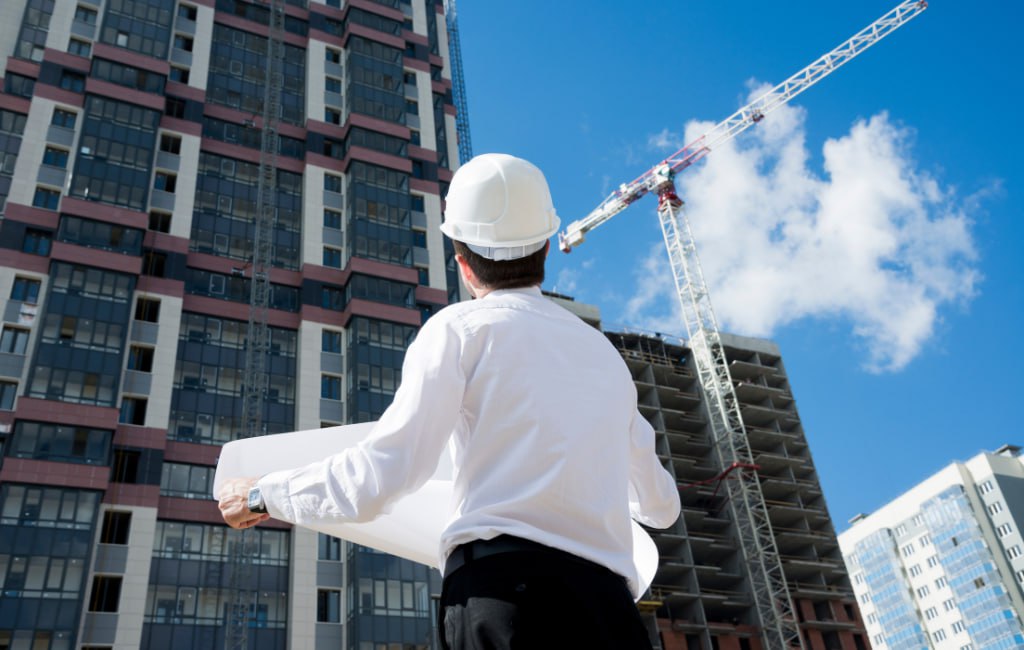Architect Insights for Innovative Designs
In the ever-evolving field of architecture, innovation is the key to creating structures that not only meet functional needs but also inspire and captivate. This article explores insights from leading architects on how to achieve innovative designs that stand the test of time.
Understanding the Context
Before diving into the creative process, understanding the context in which a building will exist is paramount. This includes the geographical location, cultural significance, and environmental factors. For instance, designing a building in a coastal area requires different considerations compared to an urban setting.
Geographical Location
The geographical location influences the materials used, the building’s orientation, and its overall design. For example, in hot climates, architects might prioritize natural ventilation and shading, while in colder regions, insulation and heating become focal points.
Cultural Significance
Respecting and incorporating cultural elements can make a design more meaningful and accepted by the local community. This could involve using traditional materials, integrating local art, or reflecting historical architectural styles.
Environmental Factors
Sustainability is a growing concern in modern architecture. Incorporating eco-friendly materials, renewable energy sources, and green spaces can significantly reduce a building’s environmental impact.
Embracing Technology
Technology plays a crucial role in modern architecture. From design software to construction techniques, embracing technological advancements can lead to more innovative and efficient designs.
Design Software
Software like AutoCAD, Revit, and SketchUp allows architects to create detailed 3D models, making it easier to visualize and modify designs. These tools also facilitate collaboration among team members, ensuring a cohesive final product.
Construction Techniques
Innovative construction techniques, such as prefabrication and 3D printing, can reduce costs and construction time while allowing for more complex and precise designs. These methods also minimize waste, contributing to sustainability efforts.
Smart Buildings
Integrating smart technology into buildings can enhance functionality and user experience. This includes automated lighting, climate control, and security systems, all of which can be controlled remotely via smartphones or other devices.
Case Studies of Innovative Designs
Examining successful projects can provide valuable insights into what makes a design innovative. Here are a few notable examples:
- The Shard, London: Designed by Renzo Piano, this skyscraper is a marvel of modern architecture. Its unique shape and glass façade not only make it a visual icon but also allow for natural light to flood the interior spaces.
- Marina Bay Sands, Singapore: This integrated resort, designed by Moshe Safdie, features a distinctive three-tower structure connected by a sky park. The design maximizes space and offers stunning views of the city.
- One Central Park, Sydney: Designed by Jean Nouvel, this residential building incorporates vertical gardens, providing a green oasis in the heart of the city. The innovative use of greenery helps regulate temperature and improve air quality.
Incorporating User Experience
Innovative designs should prioritize the user experience. This involves considering how people will interact with the space and ensuring it meets their needs and preferences.
Functionality
A building should be functional and practical. This means designing spaces that are easy to navigate, with clear signage and logical layouts. Accessibility is also a key consideration, ensuring that all users can comfortably use the space.
Aesthetics
While functionality is important, aesthetics should not be overlooked. A visually appealing design can enhance the user experience and create a sense of pride and ownership among occupants.
Comfort
Comfort is another critical aspect of user experience. This includes factors such as temperature control, lighting, and acoustics. A comfortable environment can improve productivity and well-being.
Collaboration and Innovation
Collaboration is often the driving force behind innovative designs. By bringing together diverse perspectives and expertise, architects can push the boundaries of what is possible.
Interdisciplinary Teams
Working with professionals from different fields, such as engineers, urban planners, and environmental scientists, can lead to more holistic and innovative solutions. Each team member brings unique insights that can enhance the overall design.
Client Involvement
Involving clients in the design process ensures that their needs and preferences are met. This collaborative approach can lead to more personalized and satisfactory outcomes.
Community Engagement
Engaging with the local community can provide valuable feedback and ensure that the design is well-received. This can involve public consultations, surveys, and workshops.
Conclusion
Innovative architectural designs are the result of a deep understanding of context, the embrace of technology, a focus on user experience, and effective collaboration. By learning from successful case studies and incorporating these insights, architects can create structures that are not only functional and sustainable but also inspiring and transformative.
